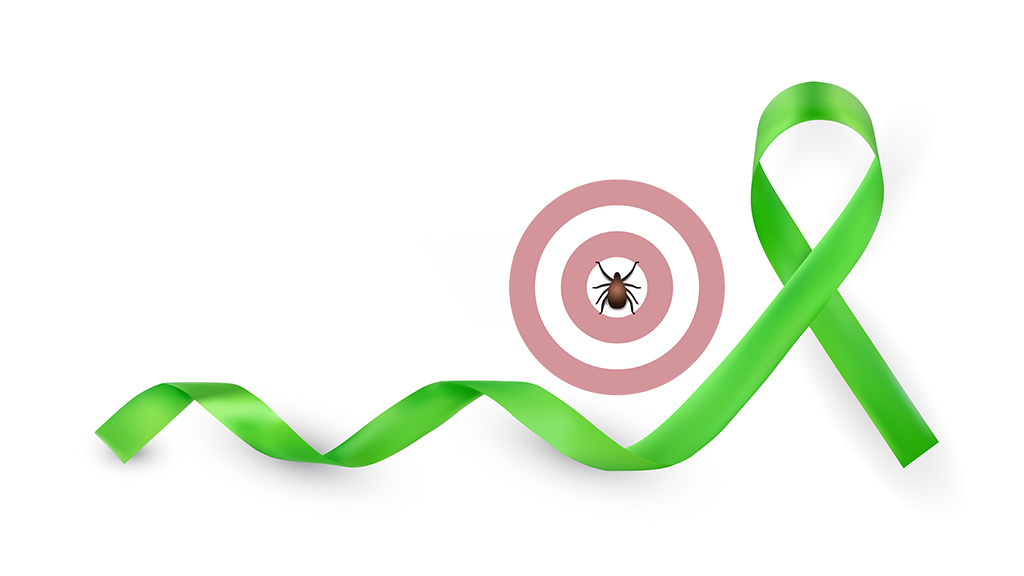Abstract
This clicker case study is based on the true story of Ella Buss, a young girl diagnosed with Lyme borreliosis (Lyme disease), one of the most frequently reported tick-borne diseases in the United States and other temperate regions of the world. Ella’s story is used to motivate students to explore the ecology of Lyme borreliosis in the hopes that such an understanding can lead to a reduction in the number of cases of the disease. Students discover how interactions between species as well as human alterations of the ecosystem expose us to the causative agent of Lyme borreliosis in the United States, the bacterium Borrelia burgdorferi. Students use their working knowledge of species interactions and density-dependent processes to make predictions about tick and host population responses. This case study is designed for introductory biology, and could also be adapted for ecology or environmental science courses. The case can be used as a stand-alone activity or as a companion to “Failing to See the Forest for the Trees in Lyme Disease” (Bailey, 2020), another case study based on Ella’s story focusing on cell biology.



